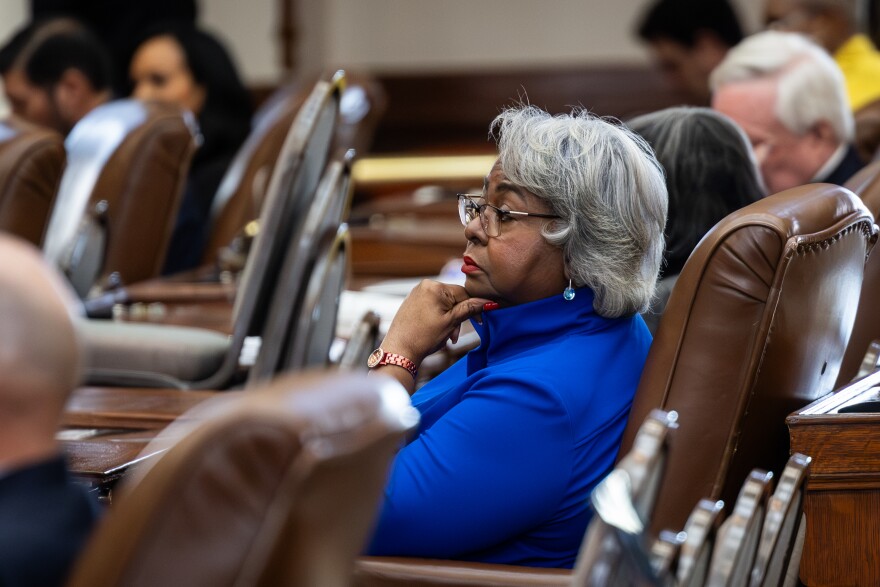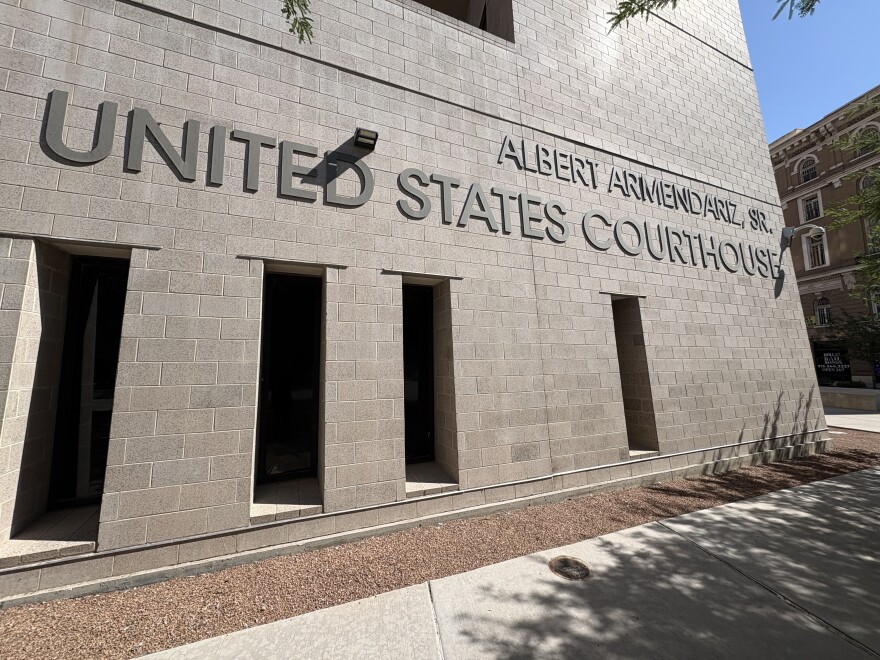The federal court hearing that will determine the fate of Texas’ new Republican-favoring congressional map enters its second week on Monday, when the state will begin calling its own witnesses in the case.
The three-judge panel in El Paso spent four days last week hearing testimony from the plaintiffs' side. Individuals and a coalition of advocacy and civil rights groups sued after the state’s successful — and controversial — redistricting effort this summer.
Plaintiffs hope to prevent the new map from being used for the 2026 midterm elections. They argue the newly drawn districts are intentionally gerrymandered to give minority voters less power.
But the state of Texas argues the map, which its Republican-dominated legislature approved this summer, is simply partisan and drawn to give the GOP a political advantage in Congress.
This distinction is critical to the case: While racial gerrymandering is not allowed, the U.S. Supreme Court has said that partisan gerrymandering is legal. The state’s move to pursue the unconventional mid-decade redistricting effort stemmed from a request by President Donald Trump to Gov. Greg Abbott to get five more Republican seats in the U.S. House from Texas.
This week, the state is expected to call Republican lawmakers among other witnesses. The testimony of Adam Kincaid is perhaps most highly anticipated — he’s believed to be responsible for actually drawing the new district lines.
Kincaid is the executive director of the National Republican Redistricting Trust, and the same person who drew the state’s 2021 congressional map, which was already being challenged in court.
It’s expected that the case will wrap up this week, and that the three-judge panel could issue a ruling by as early as the end of the month.
The hearing's outcome could have a significant impact on which party ends up controlling the U.S. House of Representatives after next year’s midterms.
‘Clearly devastating’: Witnesses speak out against Texas’ new congressional map
Last week, the plaintiffs called expert witnesses, voters, and Democratic state lawmakers to speak about the effects of the newly-drawn districts, along with the process leading up to the map’s passage.

“We tried to work with our colleagues,” said Rep. Barbara Gervin-Hawkins (D-San Antonio) who testified on Friday. “They [Republicans] would not work with us so that we could do proper amendments.”
Plaintiffs also played a deposition from University of Houston political scientist Richard Murray who has been involved in redistricting cases since the 1970s. He told The Texas Newsroom he thinks it’s obvious the state discriminated.
“They did not mess with the white-controlled Democratic districts. What they went after aggressively were a half-dozen of the minority-controlled districts, which were, as I say surgically assaulted and dismembered,” Murray said.
Whether or not the map was drawn race neutral will be a defining factor of the case. If the state’s Republican majority drew the new districts with race in mind, that would violate the 14th amendment. So, plaintiffs in the case must prove that the state intentionally drew the districts to harm minority voters, something Murry said could be challenging.
“Intentions are incredibly difficult to figure out,” he said.
Instead, he measures the effect of the map. Which, in this case, he called “clearly devastating.”
“People claim that it was race neutral. They weren't paying any attention to that. But the effect was devastating to voters of color,” he said.







